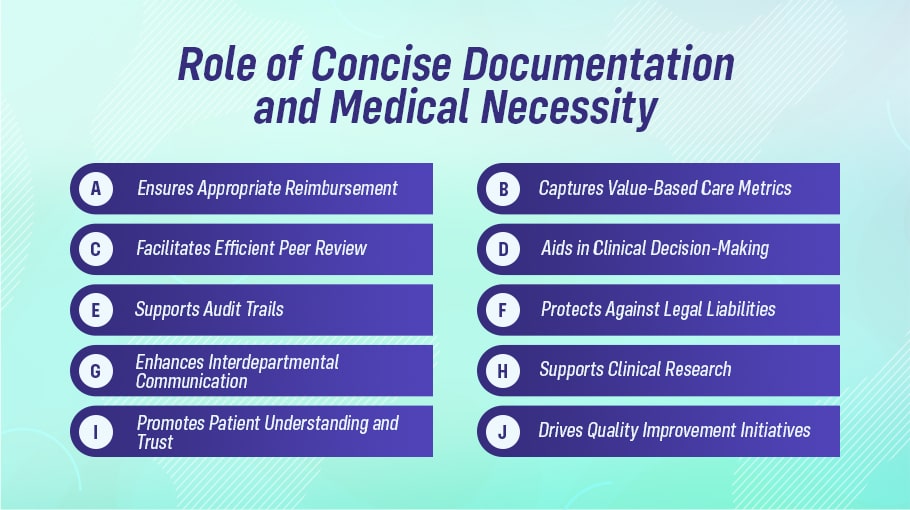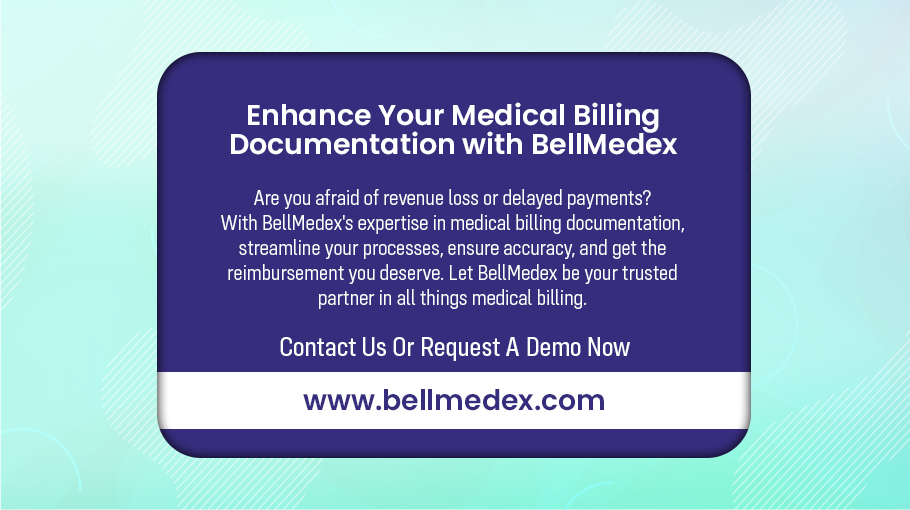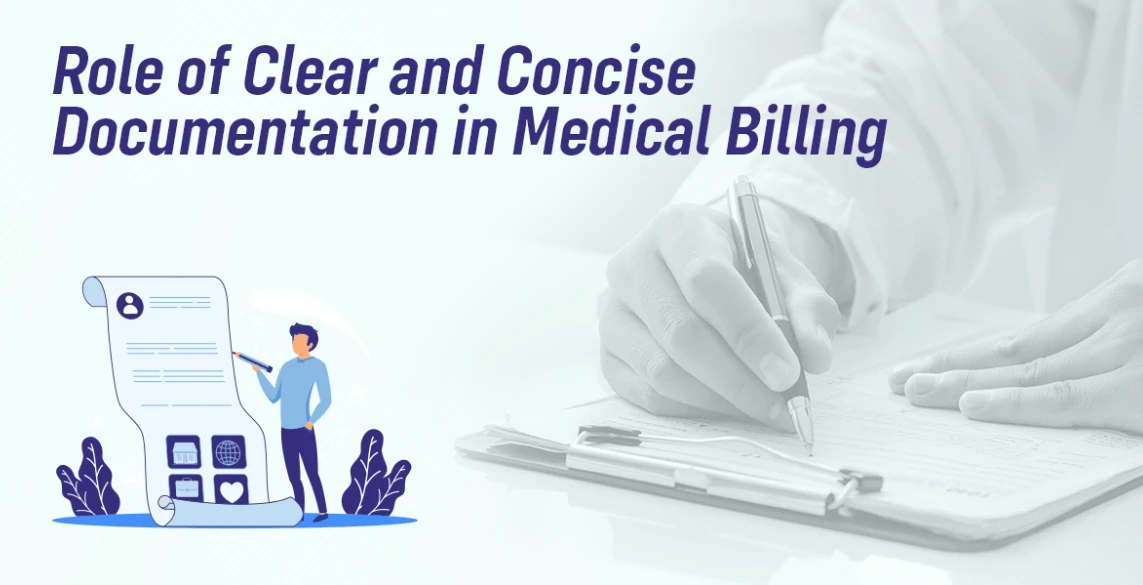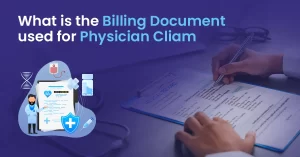Medical billing documentation ensures that healthcare providers receive timely and accurate service payments. The documentation is the foundation for the billing process, providing a clear record of the patient’s medical history, diagnoses, and treatments. This blog will discuss the role of clear and concise documentation in medical billing and how it is improving documentation practices.
What is Concise Documentation in Medical Billing?
Medical billing documentation records the services provided to a patient, including diagnostic tests, treatments, and medications. This documentation is used to generate claims for reimbursement from insurance companies, Medicare, and Medicaid. There are several types of medical billing documentation, including progress notes, operative reports, discharge summaries, and encounter forms.
Role of Concise Documentation and Medical Necessity
The need for treatment continues to be the basis for paying medical claims. The precise and simple documentation requirement will only become more critical as healthcare changes with new technologies like EHR systems and telehealth, treatments, and payment structures e.g. fee for service and value based care. It is essential to the main objectives of patient care and the sustainability of the health system and serves to justify the services rendered.

Clear and concise documentation in medical billing plays a key role. let’s see how:
Ensures Appropriate Reimbursement
Accurate documentation ensures that healthcare providers are appropriately compensated for their services. Any discrepancies or omissions can lead to reduced or denied payments.
Captures Value-Based Care Metrics
In an era where payment models increasingly shift towards value over volume, precise documentation can capture the effectiveness and quality of care provided. This can affect reimbursement rates, as many payers now incentivize value-based care.
Facilitates Efficient Peer Review
When other physicians or medical professionals review records for second opinions or continuity of care, concise documentation allows a quicker understanding of the patient’s medical history and treatments.
Aids in Clinical Decision-Making
Properly documented records can assist clinicians in making informed decisions about patient care by providing a straightforward, chronological narrative of a patient’s medical history.
Supports Audit Trails
Concise documentation leaves a clear audit trail, ensuring all patient interactions are accounted for. This is essential for internal reviews, payer audits, or legal inquiries.
Protects Against Legal Liabilities
Comprehensive and clear documentation can serve as evidence in cases where the quality of care is questioned. It offers protection against potential legal actions like financial penalties and even prison by demonstrating that the care provided met standard medical practices.
Enhances Interdepartmental Communication
When multiple specialists or departments see a patient, consistent documentation ensures that all care teams have the same understanding of the patient’s condition and treatment
Supports Clinical Research
Proper documentation can aid in clinical research by ensuring that patient data is accurate and usable for studies, benchmarks, and other research initiatives.
Promotes Patient Understanding and Trust
When patients request copies of their medical records, clear documentation allows them to understand their medical journey, enhancing trust in their healthcare providers.
Drives Quality Improvement Initiatives
Proper documentation can assist healthcare providers in tracking and improving patient outcomes identifying areas for improvement in care delivery.

Conclusion
Clear and concise documentation is essential for ensuring accurate and timely payments for healthcare services. By following best practices and investing in training and education, healthcare providers can improve documentation practices, reduce errors and denials, and ensure compliance with industry standards. Improved documentation practices benefit healthcare providers and lead to better patient outcomes and a more efficient healthcare system overall.




